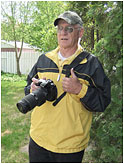Photographing the Grand Canyon & Bryce Canyon During Winter
by Al Mierau
Februaray 20th, 2015
On January 29, 2015 my wife Marion and I, along with 38 other passengers, took a 20 day coach tour out of Saskatoon with Sagebrush Tours. This was our 13th coach tour since 2005. After leaving Henderson, Nevada we traveled on part of the historic route 66 that took us over the mountain pass into the town of Oatman, AZ. From there we continued to Yuma where we spent two nights. From Yuma we traveled to Mesa where we spent nine days. When we started heading back to Saskatchewan we stopped at the Grand Canyon the morning of February 14. On February 15th we spent some time at Bryce Canyon located in southern Utah. We had sunny days at both locations and no snow on the ground. My wife and I last visited both these parks in June 1964. The one major difference we noticed this time was the huge parking lots for visitors, along with the normal complement of gift stores. We also noticed a lot more safety features along the view points with respect to guard rails. The view points are readily accessible for tourists who might require a walker or a wheelchair.

Tour Bus
For the canyon images I made use of my Pentax K7, set to aperture priority, and a Sigma DC 18-200mm lens with a circular polarizer lens attached. 90% of my images were bracketed, setting the EV at -2, 0, +2. This was certainly the best solution at the Grand Canyon. At Bryce Canyon, due to the excellent lighting conditions, I was able to get very good images without bracketing and in fact many people on our tour were getting excellent images using small hand held cameras or using their cell phone cameras.
On the morning of our visit at the Grand Canyon the atmospheric conditions were favourable although some haze was certainly noticeable across the canyon.

This is typically what you will get if one does not bracket the shots. The camera will expose for the sunlit area on the left and under expose the area as you see in the lower right of the image. Bracketing your images will solve this.

Shot in JPG mode and the bracketed three images then merged (HDR - high dynamic range photo).

Grand Canyon - Shot in JPG mode and the bracketed three images then merged
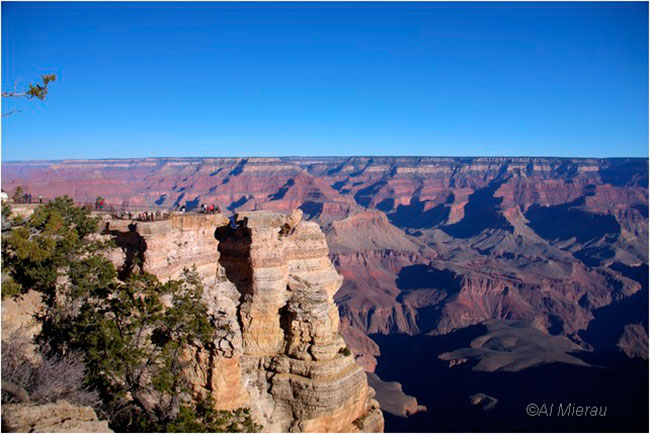
Three RAW images merged and converted to JPG

Three RAW images merged and converted to JPG
Bryce Canyon National Park
Bryce Canyon National Park is located in the southwestern part of Utah. It really is not a canyon but a collection of natural amphitheatres along the eastern side of the Paunsaugunt Plateau. The red, orange, and white colors of the rocks provides spectacular views for visitors and are easily photographed on most days. The elevation is typically 8,000 to 9,000 feet. Because of the locations this park receives fewer visitors than Zion and Grand Canyon Parks. The erosion that occurs here on an ongoing basis has exposed delicate and colourful hoodoos. Some of these are typically 200 feet in height. The following images were taken at Inspiration Point that has an elevation of 8,100 feet.
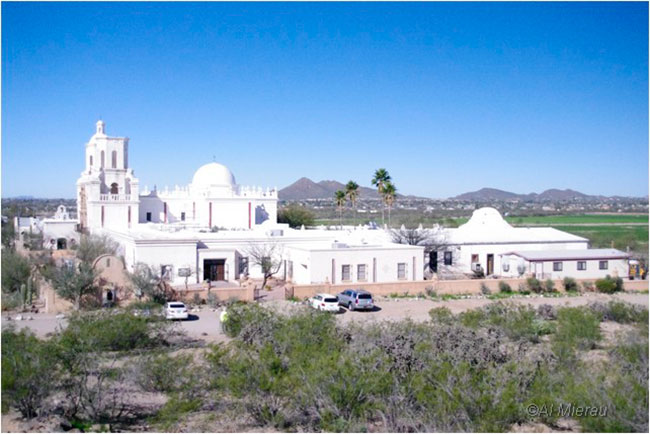
San Xaxier Mission.

Cliff dwellings - The Montezuma Castle.
This Castle supported by ... Arizona Sycamore (Plantus wrightii). Creating a giant umbrella of huge spreading branches, white bark, and brown open crown-shaped leaves reaching 120 feet (37m), this beauty is one of Arizona's largest trees (on right side of picture). Seasoned logs can last for centuries - the roofs of Montezuma Castle are still supported by sycamore beams today, 700 years after construction.

Highway in Mesa.
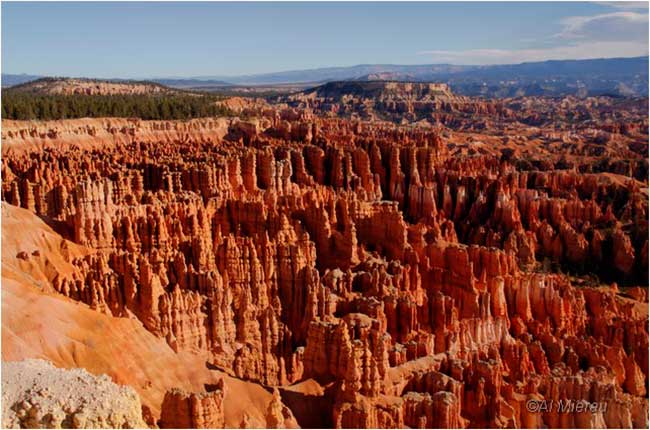
Bryce Canyon
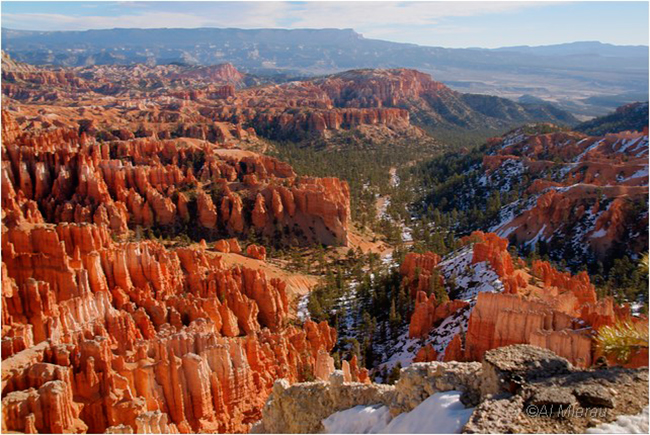
Bryce Canyon

Bryce Canyon
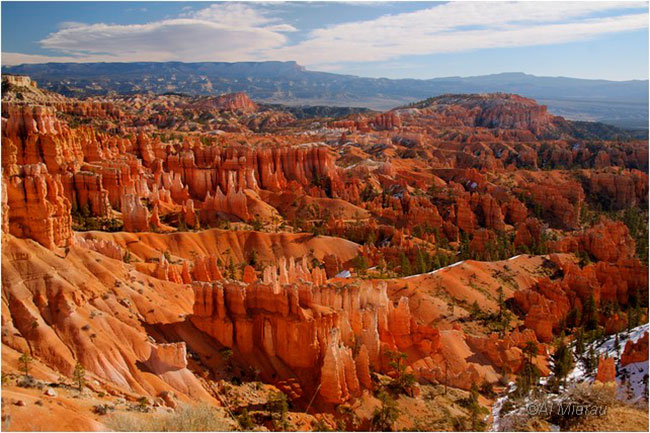
Bryce Canyon

Desert Vegetation

Prickly pear cactus typically grow with flat, rounded cladodes (also called platyclades) armed with two kinds of spine. For more information on this plant see Wikipedia.

Desert Vegetation
Below - vegetable plots at the University of Arizona in Yuma

Entering the vegetable fields at the University of Yuma

Ploughed and ready to grow a new crop

Irrigated field with vegetables
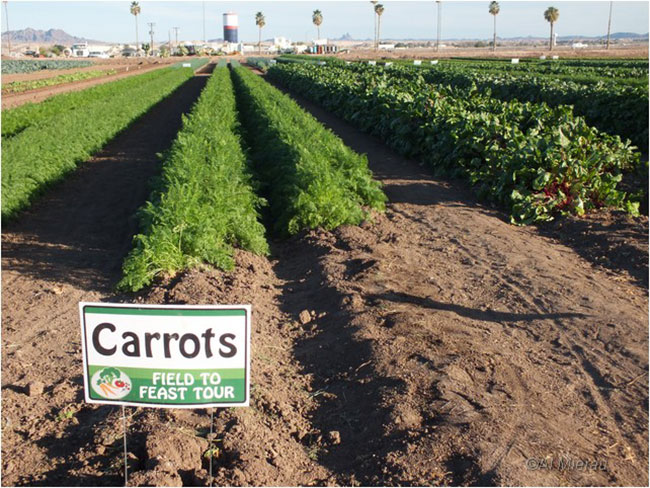

Broccoli patch

Al selecting some fresh vegetables

Infra red shot of palm trees with my dedicated Panasonic Infra-red camera.
I shot in RAW mode, aperture priority, ISO100. The images were bracketed , -2,0,+2, and then combined. What you see here is very realistic and similar to what your eyes would see. Lighting conditions the morning of this visit were almost perfect. The images I obtained are almost identical to the images from June 1964 visit. At that time I photographed using Kodak ISO25 35mm slide film using manual settings with a German manufactured camera. The slides from that date are still in perfect condition.
Links and additional References:
[ Top ]
|
























